One of the most exciting aspects of the contemporary psychedelic movement involves how the research into, and applications of, these powerful substances have become increasingly refined and understood within specific contexts. To that end, Jennifer Chesak’s The Psilocybin Handbook for Women offers an invaluable look into how magical mushroom medicine can be best leveraged for women in particular, both in terms of understanding the health benefits and maximizing the potential of the experience itself. This is an essential perspective considering how male-centric much of the psychedelic movement tends to be (not to mention medicine in general).
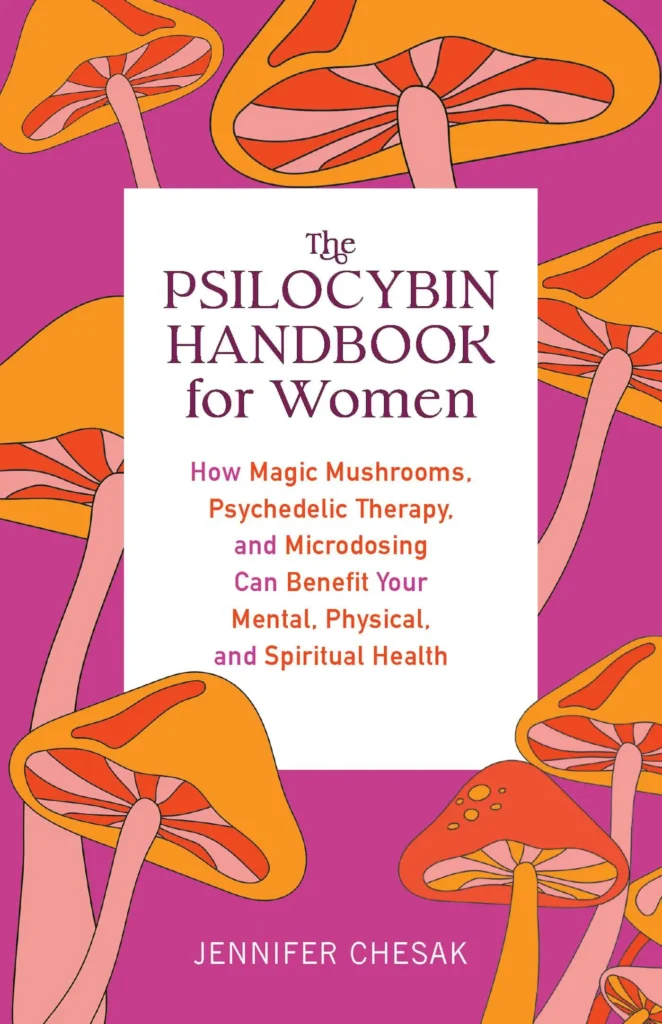
Recently, at Psychedelic Sciences 2023, I had the opportunity to sit down with Chesak and discuss her book and what we all should know about how psilocybin impacts women.
“Women may be more likely to have a bad trip,” Chesak said when asked how women’s psychedelic experiences tend to differ from men’s. “They’re still doing research about this, but there’s potential that estrogen affects the binding of the serotonin receptors.” She explained how the cause might also be socio-psychological, as women are more likely to be affected by PTSD and other harmful circumstances that may negatively bear on a woman’s mindset heading into the experience. As we know, set and setting, the frame of mind, and the physical environment you’re in can have a tremendous impact on your trip. Feeling safe is paramount, for example.
“There’s some evidence that suggests that where we are in our menstrual cycle may impact a trip,” she continued, “but also that a trip may impact the menstrual cycle. Some women are finding that if they do a psilocybin journey, it has the potential to regulate the menstrual cycle after some time of irregularities. There are a lot of conditions out there where people have irregular menstrual cycles, like premenstrual dysphoric disorder (PMDD), polycystic ovarian syndrome (PCOS), endometriosis, and things like that. Preliminary case studies are coming out showing the possibility of reregulating the menstrual cycle after a time of dysregulation, and potentially a reduction in certain symptoms, such as menstrual migraines.”
“I have endometriosis, and it takes an average of ten years to even get a diagnosis, and then there’s no cure for it, and there are very limited treatments. So people who have a condition like that—they get sucked into the medical system and it just turns them out, and there’s no real relief.”
For this and other reasons, a growing number of women are looking to self-medicate various conditions via psychedelic experiences. An article, written by Taylor Majewski for MIT Technology Review, titled “Psychedelics are Having a Moment and Women Could be the Ones to Benefit,” explores the increasing scientific interest in the therapeutic potential of psychedelic drugs, particularly for women. The piece highlights personal experiences and ongoing research into the use of substances like ayahuasca, ketamine, and MDMA to treat a variety of conditions, including eating disorders, postpartum depression, and premenstrual dysphoric disorder (PMDD). The article suggests that the resurgence of interest in these once-taboo substances could be particularly beneficial for women, who have historically been underrepresented in clinical research.
Keep Up with Uncensored Psychedelic Trends
Join our newsletter at Psychedelics Uncensored.
We respect and protect your privacy. By subscribing your info will be subject to our privacy policy . Unsubscribe easily at any time
“A 2020 global health survey found that more women are using some psychedelics than men,” said Chesak, “and I was surprised about that. But when I dug a little deeper, the survey also asked why people are using psychedelics. Men tend to use [psychedelics] more recreationally, whereas women tend to use them to self-treat for conditions such as PTSD, depression, anxiety, and other types of trauma, but also for these other conditions that affect the menstrual cycle. So women are using psychedelics to self-treat rather than to have a recreational experience.”
These findings did not surprise her, Chesak explained, as it is well documented that doctors tend to discount women when they report being in pain. This is especially true for women of color. A post from Harvard Health Publishing, titled “Women and Pain: Disparities in Experience and Treatment,” explores the the disparity between women and men suffering from pain in depth.
“I’ve had a lot of experience with that,” Chesak admitted. “I have endometriosis, and it takes an average of ten years to even get a diagnosis, and then there’s no cure for it, and there are very limited treatments. So people who have a condition like that—they get sucked into the medical system and it just turns them out, and there’s no real relief.”
According to Chesak, women who are interested in leveraging psychedelics for self-treatment should do two things: track the impact and pay attention to timing.
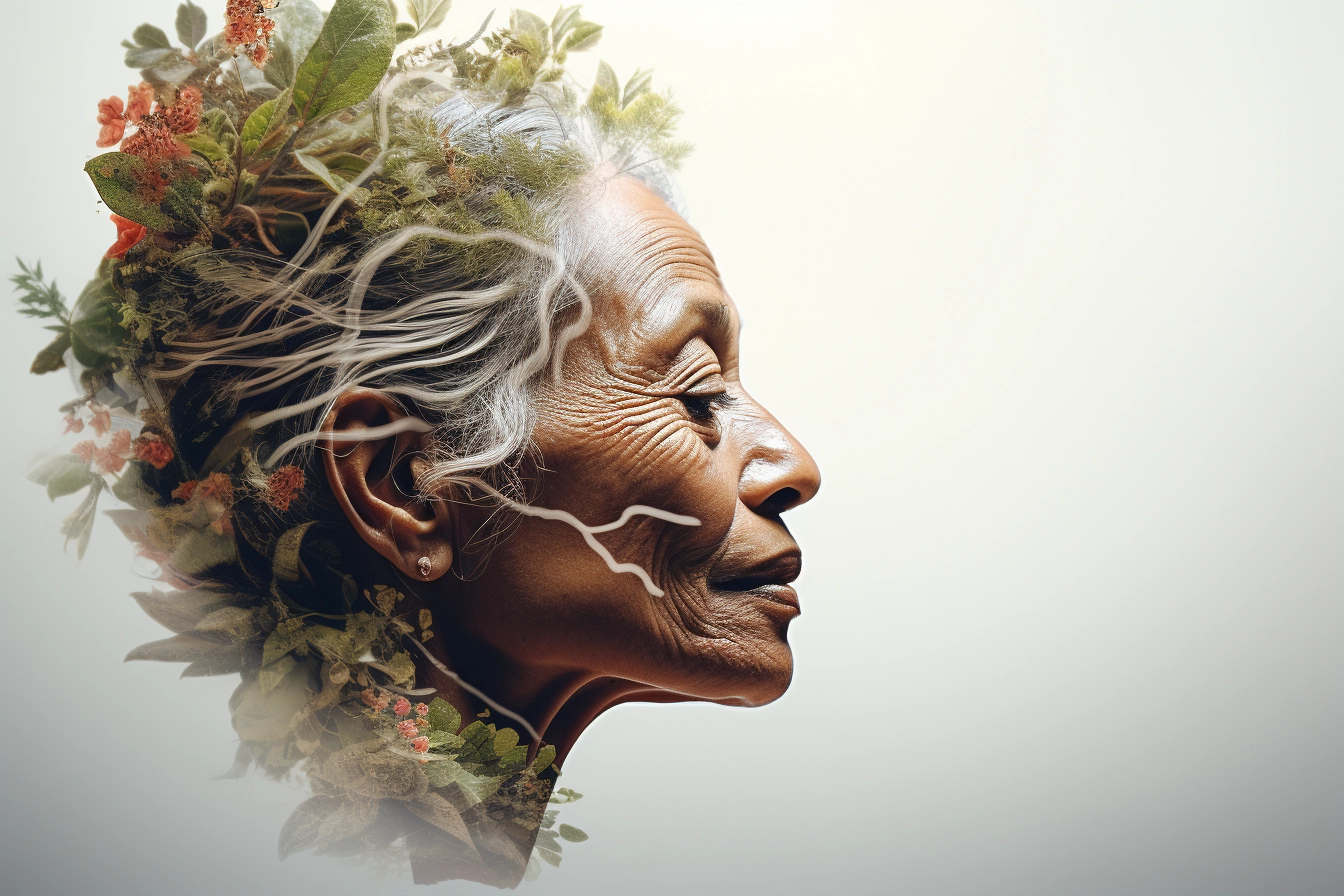
“I spoke to a woman who uses psilocybin for womb care,” she explained. “She’s indigenous and uses it in indigenous practices and was very knowledgeable about her heritage in terms of how psilocybin would have been used for the menstrual cycle or womb care. She recommended that if you are planning to microdose to see if this helps your cycle, do it for at least three months or three cycles to see what happens, and keep track. It doesn’t necessarily mean you have to do one protocol over another, just stick with it for three months—whatever protocol you’re doing—to see what happens.
“And then the other thing she recommended was that if you’re going to do a deeper trip, do that more toward ovulation rather than toward your period. She was talking about how you traditionally have a lot more energy in your body around the time of ovulation. Towards the period your energy levels kind of dip.”
Keep Up with Psychedelic Trends
Get uncensored psychedelic news, events, and updates. Join Psychedelics Uncensored!
We respect and protect your privacy. By subscribing your info will be subject to our privacy policy . Unsubscribe easily at any time
Chesak asserts that women and psychedelic enthusiasts, in general, should take into account both scientific and indigenous knowledge when it comes to psychedelics, saying, “I think it’s really important that we don’t discount indigenous wisdom. It’s very important to include that with the science that we have now. Because science is a practice of doing things over and over again, right, to reproduce results. That’s what indigenous people have been doing with psychedelics for how many years.”
Psychedelics, Women and Motherhood
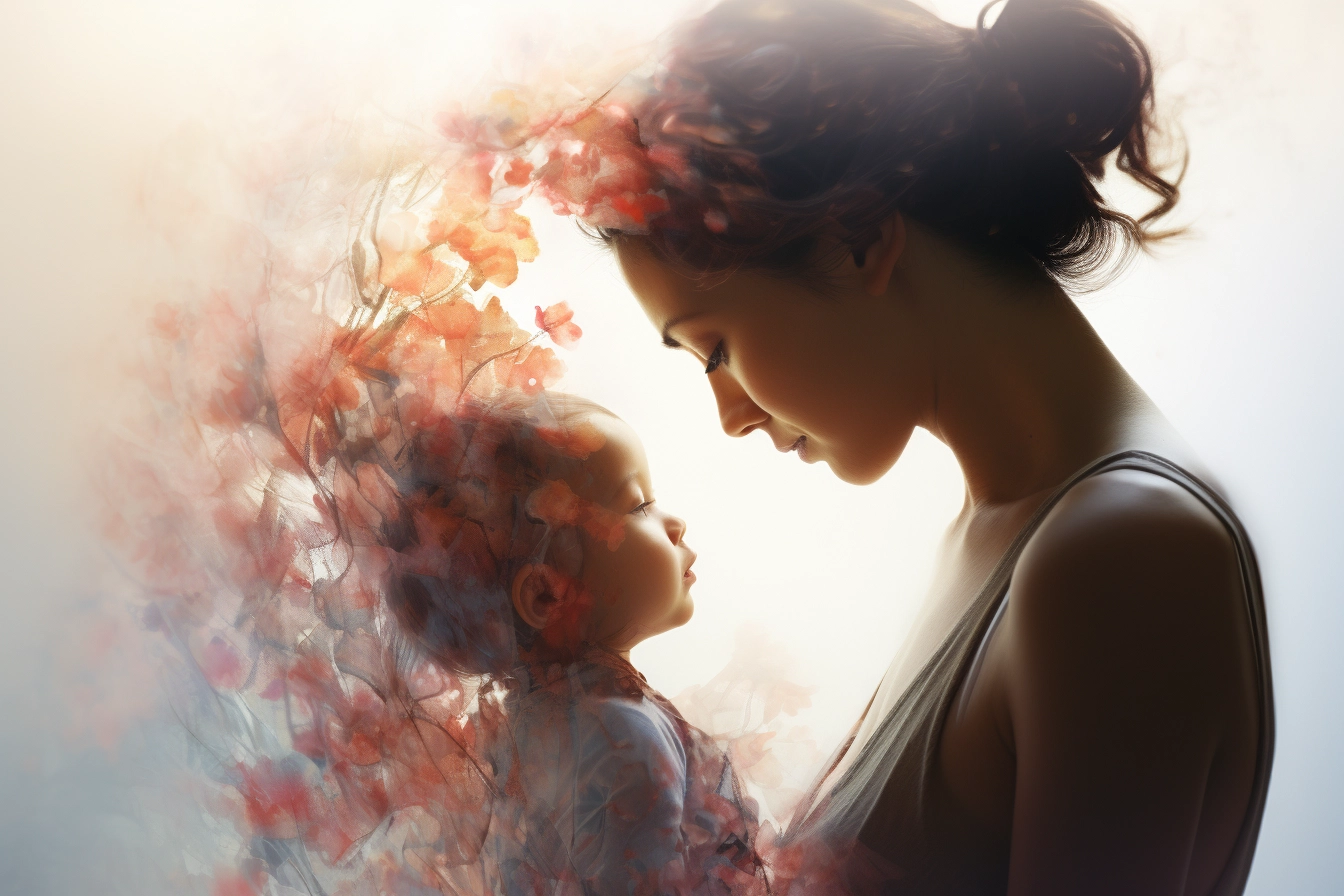
A large portion of The Psilocybin Handbook for Women is devoted to how pregnant women and new mothers can use psychedelics. She explained that while traditional “Western” thought may discount psychedelics as a tool for pregnant women or mothers—or outright vilify it—this is a rather limited view on the subject.
“In the United States, we put so much emphasis on what’s happening to the fetus,” she expounded, “but we also have to be very cognizant of the health of the pregnant person because their health affects the fetus too. So if someone’s really struggling with something, is it okay for them to use psilocybin to do a deeper trip, or to microdose? I interviewed an anthropologist, and she was saying there are indigenous communities that have used psilocybin while pregnant over and over again, and there’s no evidence of any sort of harm.
“Now, that’s not to say that people should just use psilocybin willy-nilly. That’s not what I’m saying. Of course, you would want to be very careful and think about it and decide if that’s right for you. The indigenous woman that I interviewed was talking about how she took psilocybin during her pregnancy because she was an alcoholic, and psilocybin helped her abstain from alcohol. In some cases, that might be the healthier option.”
According to Chesak, science has little in the way of hard facts regarding psychedelics and pregnancy, as our medical system (with good reason) doesn’t perform clinical trials on pregnant people. “So we don’t have a lot of direct scientific information about whether or not there’s going to be harm to the fetus from using psilocybin, but again, the anthropologist said, there’s no evidence of harm when they look at indigenous communities that actually do that.”
Post-birth, Chesak says, psychedelics can be useful for breastfeeding women as long as they take some precautions.
“I consulted a lactation therapist, and she was also very understanding about the fact that, yes, someone who’s breastfeeding may need to use psilocybin for mental health issues or whatever they’re going through. And that can be very important for them to continue being a good, nurturing parent. The health of the parent is as important as the health of the child. So the question is, if someone is breastfeeding, couldn’t they just pump and dump, and then, when would [the psilocybin] be out of their system? So I dug into the half-life of psilocybin dosages, and I included all the information in the book.”
Sex and Psychedelics for Women
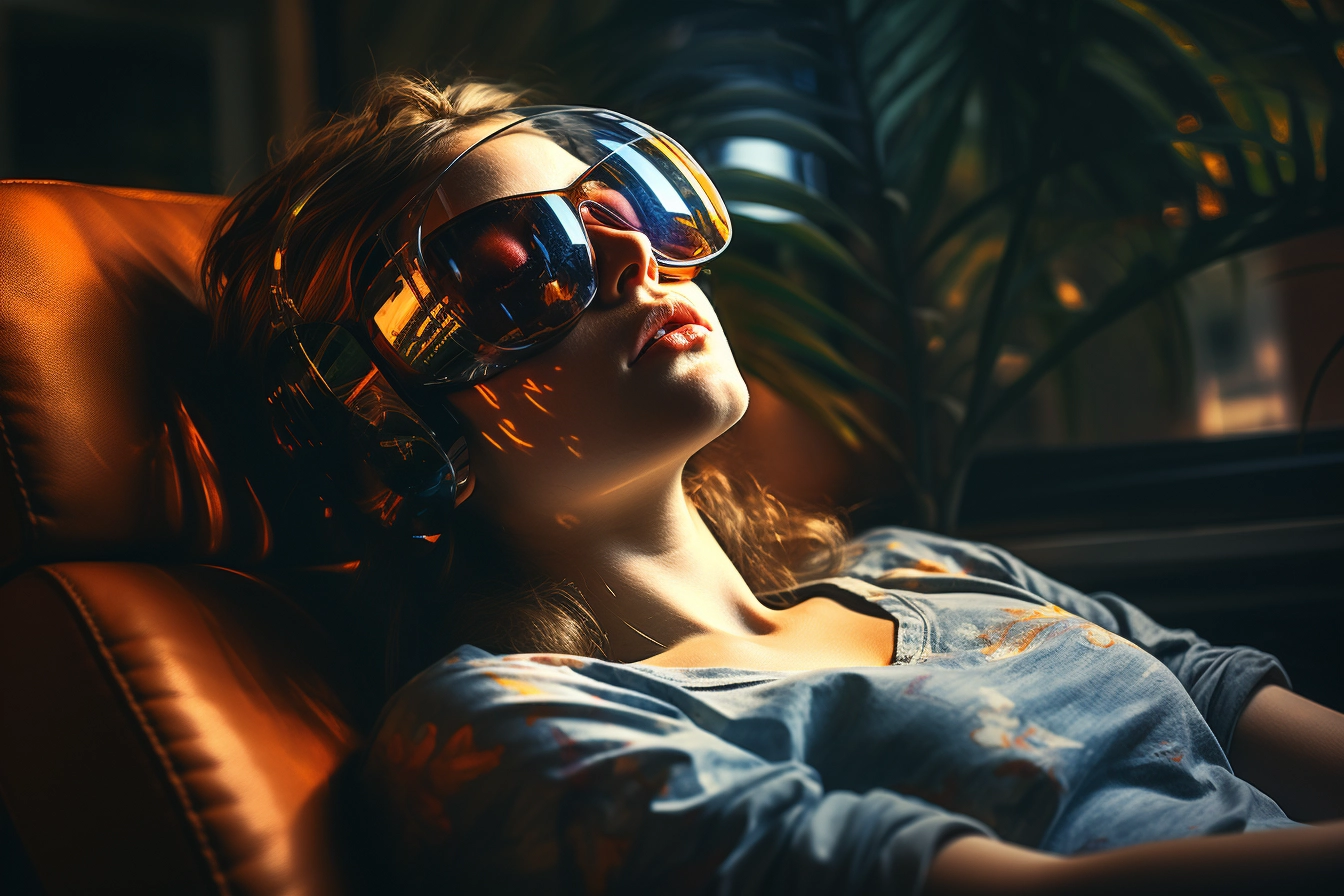
“Forty percent of women of reproductive age have some type of female sexual dysfunction, and most often, that is a lack of desire. And then after women go through menopause, that statistic jumps to eighty-five percent.”
Recently there has been much discussion about instances of sexual assault during psychedelic experiences, particularly about cases that occurred in various therapeutic settings. Accordingly, Chesak’s book takes an extensive look at the issue of sex and psychedelics, especially the matter of consent.
“This felt like really important information to provide,” said Chesak, “so I interviewed a licensed therapist who studies consent. She told me that before a session, it’s important that there’s a conversation about whatever touch might be going on. Someone can say, ‘No, absolutely no touch,’ or someone can say, ‘Yes, it would be fine to hold my hand if I’m having a difficult time,’ but that conversation has to happen before the psychedelic session. And then, during the session, if a therapist thinks they should hold your hand and you’ve already consented to that, they still need to ask you again. And at that point, you can revoke consent at any time. It would be inappropriate for a therapist to try and gain consent from you during a session for something that you hadn’t consented to outside of that session in a normal state of consciousness.”
Next, Chesak moved on to how psychedelics can bolster women’s sexual health.
“Women are disproportionately affected by sexual dysfunction,” she explained. “We had a drug out for male sexual dysfunction in 1998—Viagra, the one that everyone’s familiar with. Women weren’t even included in early-stage clinical stress trials for the most part until the early 1990s. The medical system has always treated the female body the same as men’s in terms of trials. So the ramifications were that we had drugs for male sexual dysfunction in 1998, while at that point in time, we didn’t even have a complete picture of the clitoris’s internal structure—that didn’t happen until 2005, and it wasn’t until 2015 that women got a drug for female sexual dysfunction. That’s alarming when you think about it from a statistical standpoint. Forty percent of women of reproductive age have some type of female sexual dysfunction, and most often, that is a lack of desire. And then after women go through menopause, that statistic jumps to eighty-five percent.”
So Chesak looked at whether psilocybin could help with female sexual dysfunction.
“What I learned was that it’s not necessarily that psilocybin is some sort of aphrodisiac,” she said. “Instead, it’s probably that women can gain better self-confidence in the bedroom, being able to tell their partners what feels good, and what doesn’t—being more assertive about that. And psilocybin can potentially be a great way to do a lot of self-exploration and to become more aware of what is pleasurable to you.”
Finally, I asked her what she thinks men should know about women and psychedelics.
“Definitely about the consent thing,” she said. “If you’re hanging out with a woman and you know… just make sure that you’ve had a conversation about it before you do psilocybin. Those conversations need to happen outside of being in an altered state.
“And then, just knowing that the female body is different. It may not be the best time to do a deep trip because of their cycle. That could be something to be aware of because I do think, in many cases, a lot of men are introducing women to psychedelics, which is great—maybe they’ve had more experience—but if you’re somebody that is introducing it to, say, your partner, your sister, whomever it is, having these conversations with this knowledge about how it could impact the menstrual cycle, making people aware of that is probably a good thing. Without mansplaining.”
As I explored Psychedelic Sciences 2023 after speaking with Chesak, I asked several psilocybin and psychedelic investigators if they were aware of any research on the matter of how psychedelics affect women specifically. As it turned out, disappointingly, little research has been completed on the subject.
On the bright side, there are studies in progress that will hopefully help to correct this oversight. According to Chesak, John Hopkins is looking closer at how psychedelics can impact the menstrual cycle. Other researchers are looking at psychedelics concerning eating disorders, PMDD, and more.
“That’s why I’m excited about the psychedelic movement right now,” Chesak said at the end of our talk. “I see people thinking outside the box on things. I’m really hoping they continue to pursue that.”
I’m sure many women will agree.
Sources

1. The Psilocybin Handbook for Women. (n.d.). Jennifer Chesak. Retrieved July 12, 2023, from https://www.jenniferchesak.com/the-psilocybin-handbook-for-women
2. Majewski, T. (2022, August 10). Psychedelics are having a moment and women could be the ones to benefit. MIT Technology Review. https://www.technologyreview.com/2022/08/10/1057146/psychedelics-scentific-research-women/
3. Kiesel, L. (2017, October 9). Women and Pain: Disparities in Experience and Treatment. Harvard Health Blog. https://www.health.harvard.edu/blog/women-and-pain-disparities-in-experience-and-treatment-2017100912562
This material is not intended as a replacement or substitute for any legal or medical advice. Always consult a medical professional about your health needs. Psychedelics are widely illegal in the United States, and readers should always be informed about local, state, and federal regulations regarding psychedelics or other drugs.
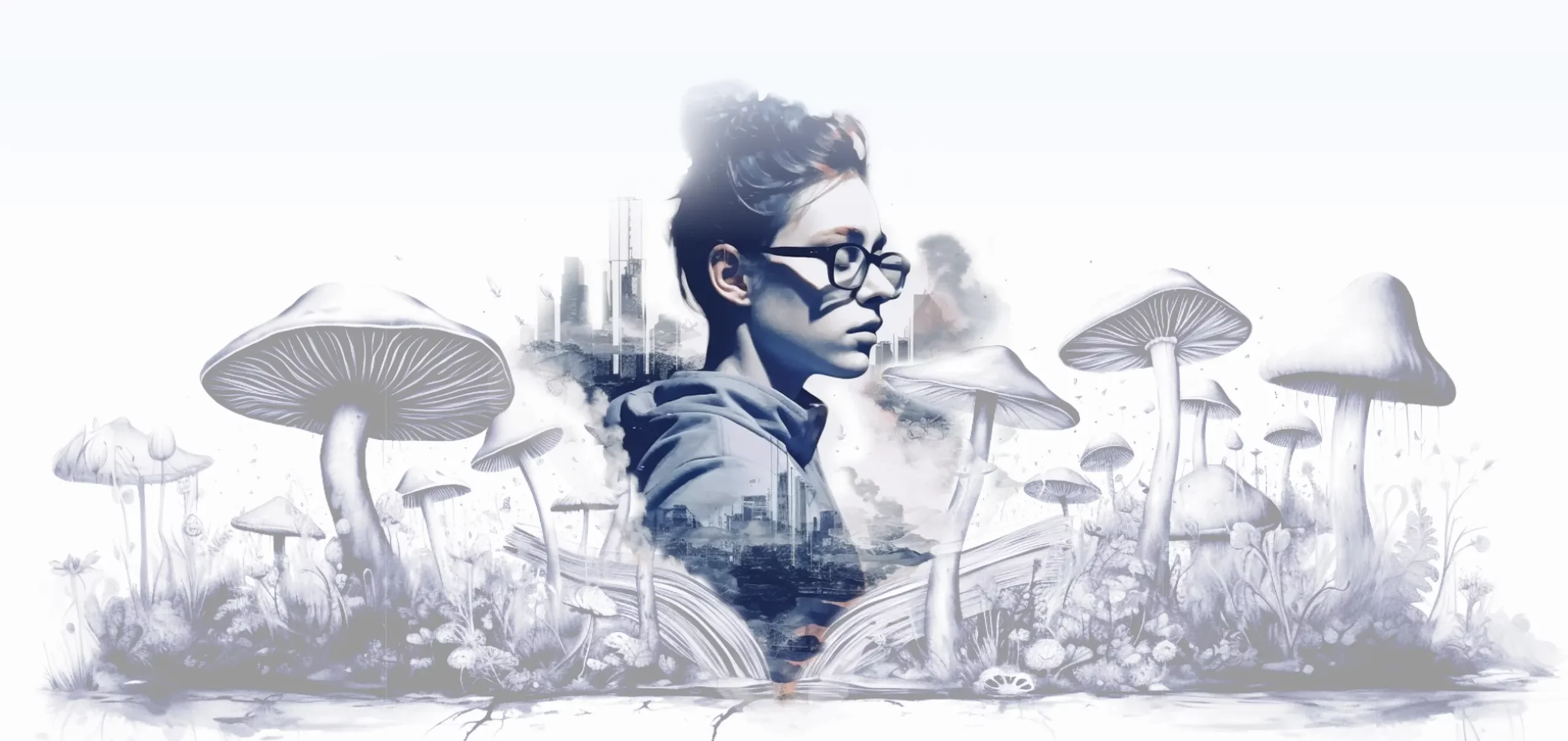
 Nick Hilden
Nick Hilden
 David Connell
David Connell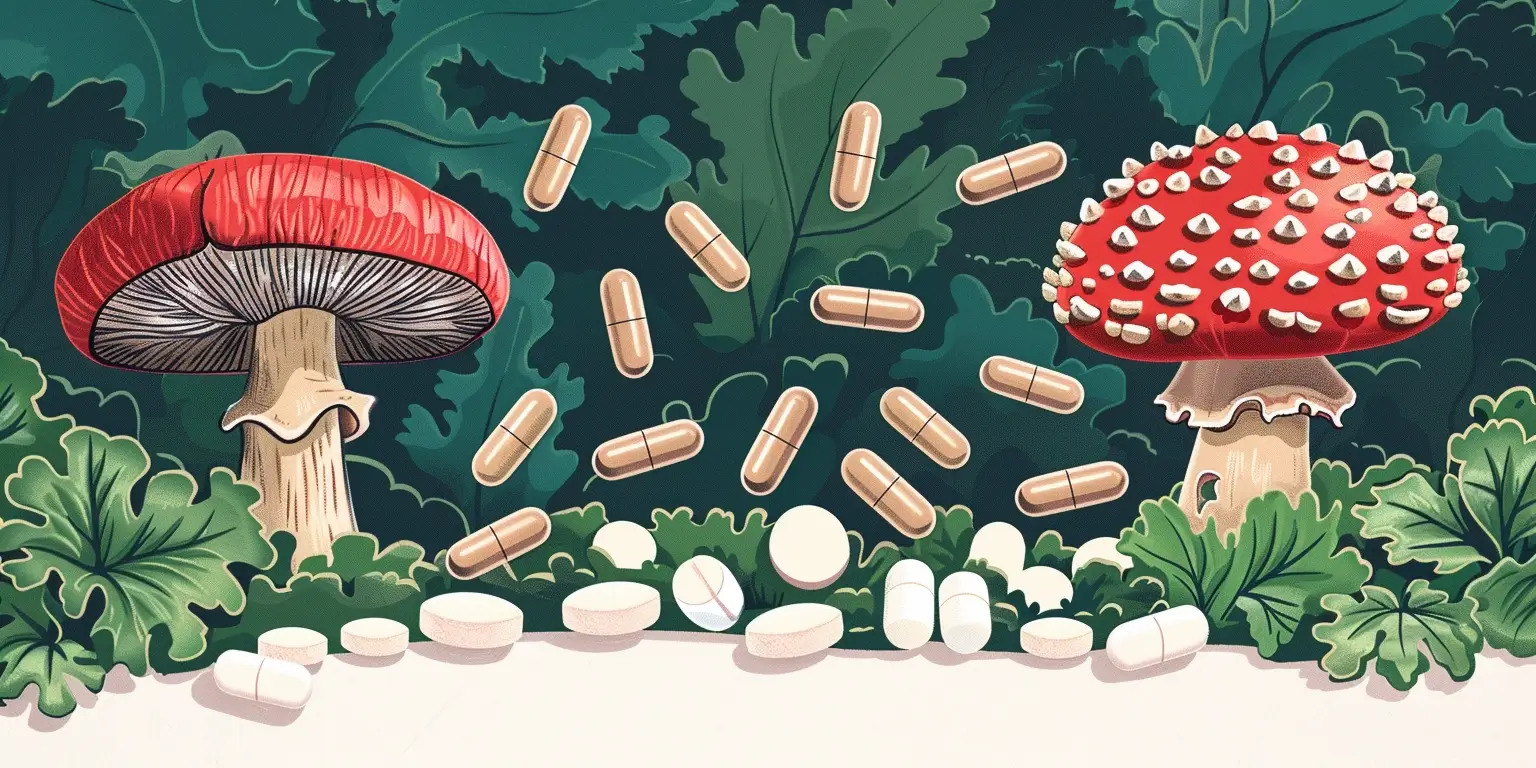

 Ben “Doc” Askins
Ben “Doc” Askins